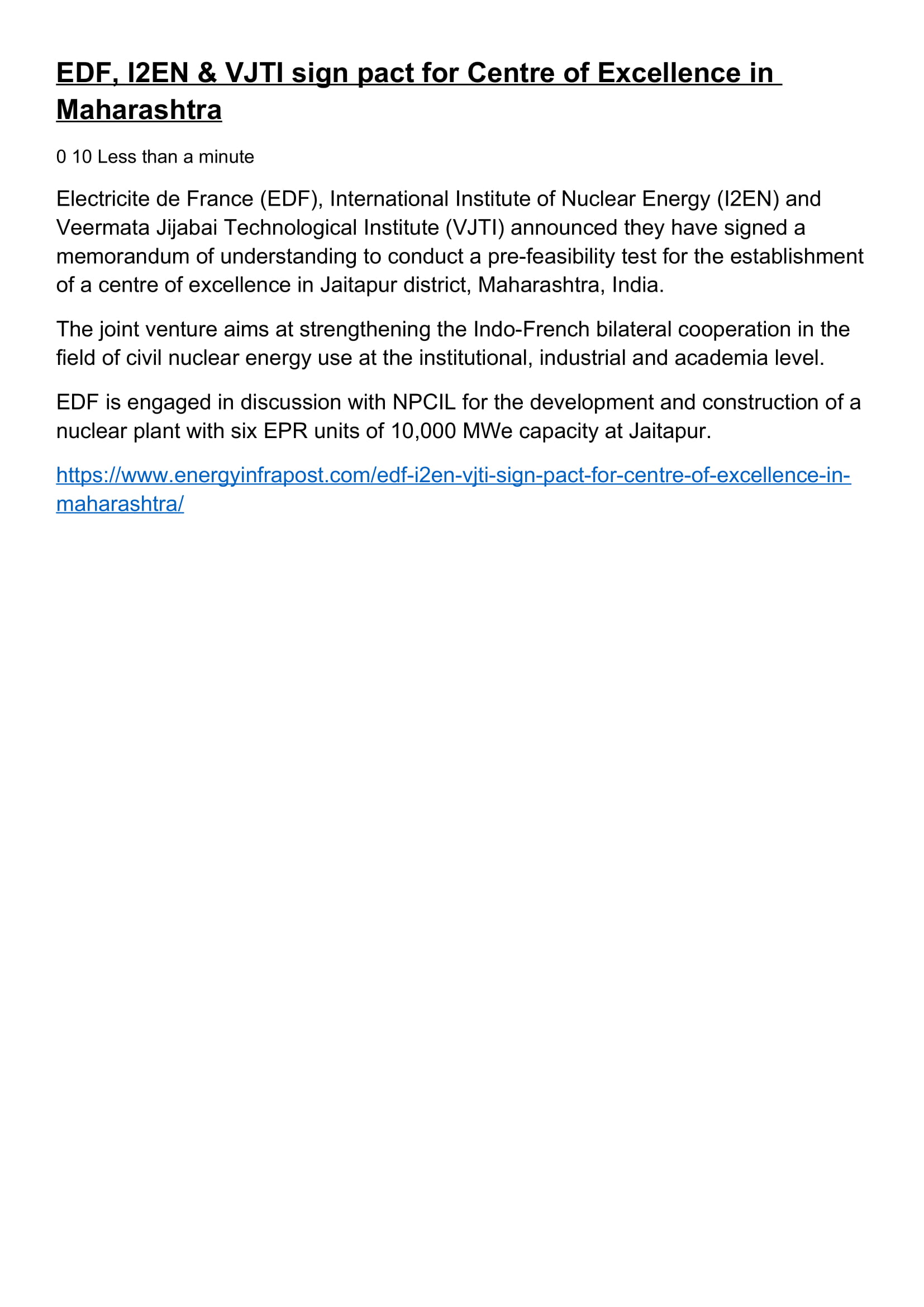
-
 Bhabha Atomic Research Centre (BARC) located in Mumbai is a premier research centre under the Department of Atomic Energy, Government of India, engaged in multidisciplinary research activities in nuclear and allied sciences. In more than 65 years of its existence, BARC has contributed immensely not only in basic research in nuclear sciences, physics, chemistry and biology, it has also spearheaded significant research in the field of agricultural sciences too, making some pioneering and quality contributions in farm research.
Bhabha Atomic Research Centre (BARC) located in Mumbai is a premier research centre under the Department of Atomic Energy, Government of India, engaged in multidisciplinary research activities in nuclear and allied sciences. In more than 65 years of its existence, BARC has contributed immensely not only in basic research in nuclear sciences, physics, chemistry and biology, it has also spearheaded significant research in the field of agricultural sciences too, making some pioneering and quality contributions in farm research. -
 There’s a running joke that nuclear fusion is always 30 years away. However, it may be achieved sooner as projects begin to make progress. Leading the way is ITER, the world’s largest science experiment, which has recently started its machine assembly phase. We take a look at the latest developments at ITER and its influence on the energy industry. Hotter than the sun: ITER and the pursuit of nuclear fusion In early September 2020, one of ITER’s nine toroidal plasma chambers arrived in the assembly hall from Korea. Source: ITER Organisation
There’s a running joke that nuclear fusion is always 30 years away. However, it may be achieved sooner as projects begin to make progress. Leading the way is ITER, the world’s largest science experiment, which has recently started its machine assembly phase. We take a look at the latest developments at ITER and its influence on the energy industry. Hotter than the sun: ITER and the pursuit of nuclear fusion In early September 2020, one of ITER’s nine toroidal plasma chambers arrived in the assembly hall from Korea. Source: ITER Organisation -
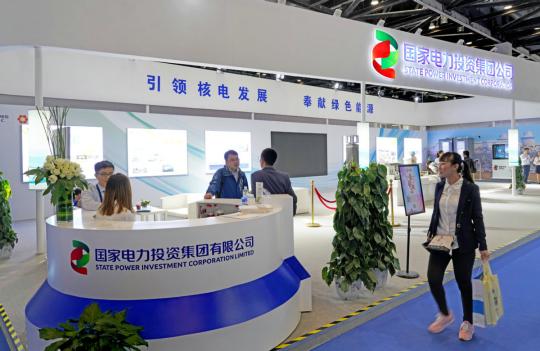 Third-generation nuclear reactor technology has broken foreign monopolies in many fields and will enable China to own independent intellectual property rights and harness export potential, said senior executives of State Power Investment Corp.
Third-generation nuclear reactor technology has broken foreign monopolies in many fields and will enable China to own independent intellectual property rights and harness export potential, said senior executives of State Power Investment Corp. -
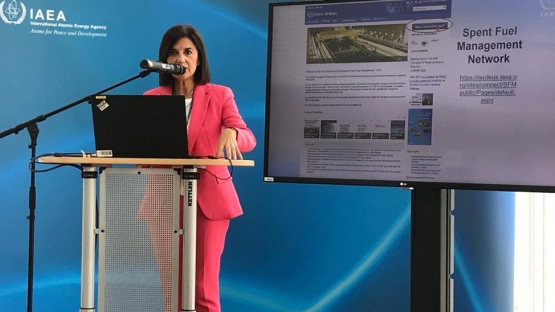 Daria Shumilova, IAEA Department of Nuclear Energy Amparo Gonzalez Espartero, Unit Head of Spent Fuel Management at the IAEA, delivering a talk at a side event to the IAEA General Conference in 2019 (Photo: IAEA).
Daria Shumilova, IAEA Department of Nuclear Energy Amparo Gonzalez Espartero, Unit Head of Spent Fuel Management at the IAEA, delivering a talk at a side event to the IAEA General Conference in 2019 (Photo: IAEA). -
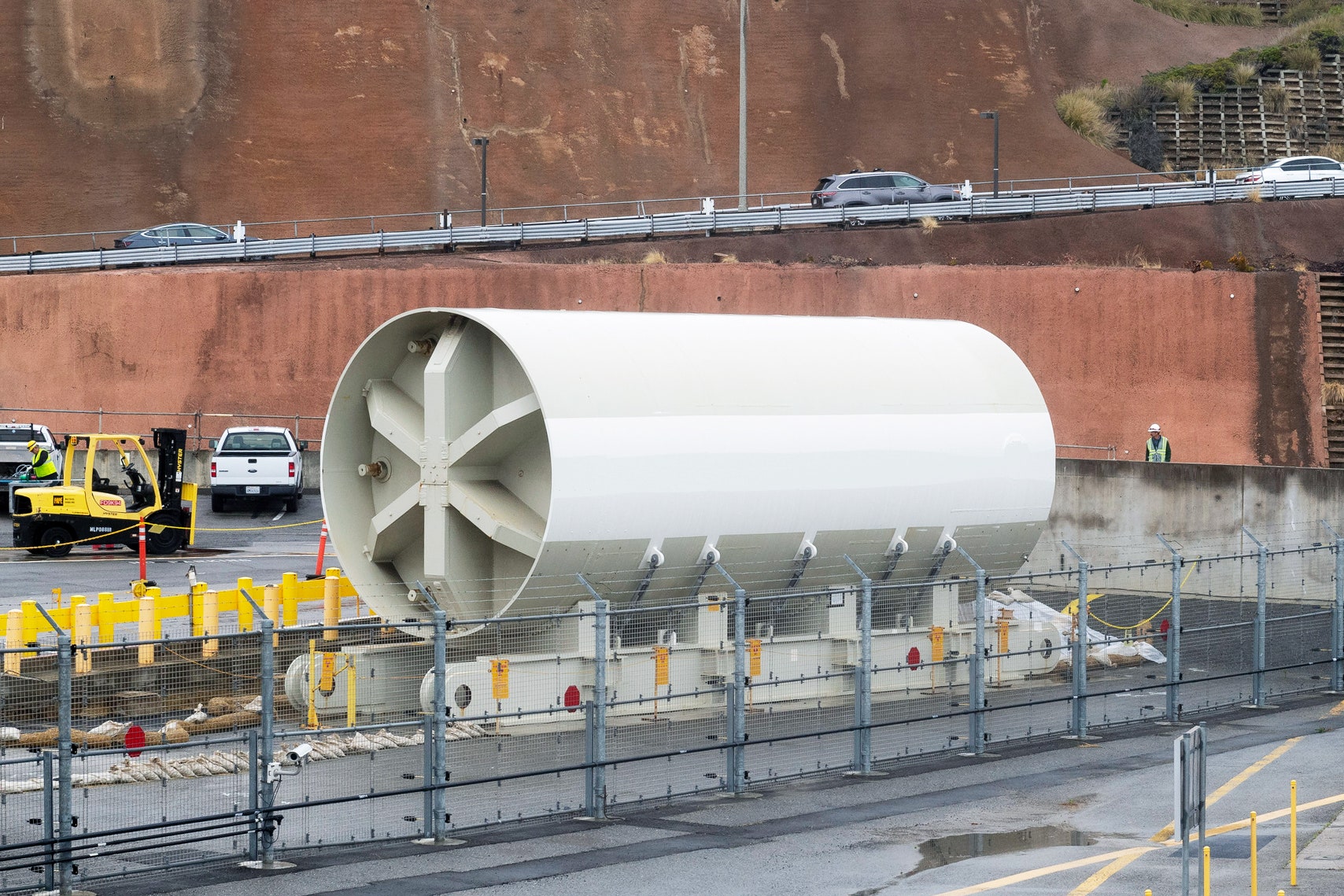 In theory, the particles could reveal whether a reactor is building up plutonium for weapons. US energy experts are starting to take the idea seriously.
In theory, the particles could reveal whether a reactor is building up plutonium for weapons. US energy experts are starting to take the idea seriously. -
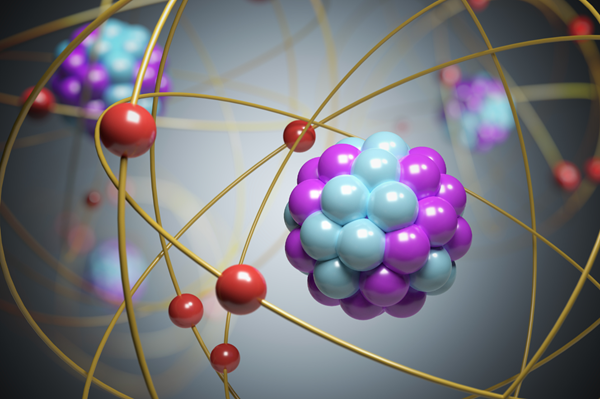 At the center of our solar system is the sun, a turbulent sphere of incandescent plasma that has burned for the past 4.6 billion years, providing the energy that powers almost every living thing on Earth. The means of creating this energy is relatively simple, but also mind-boggling: Every second, the sun transforms some 600 million tons of hydrogen into helium through a process called nuclear fusion, converting tiny bits of matter into almost unfathomable amounts of energy.
At the center of our solar system is the sun, a turbulent sphere of incandescent plasma that has burned for the past 4.6 billion years, providing the energy that powers almost every living thing on Earth. The means of creating this energy is relatively simple, but also mind-boggling: Every second, the sun transforms some 600 million tons of hydrogen into helium through a process called nuclear fusion, converting tiny bits of matter into almost unfathomable amounts of energy. -
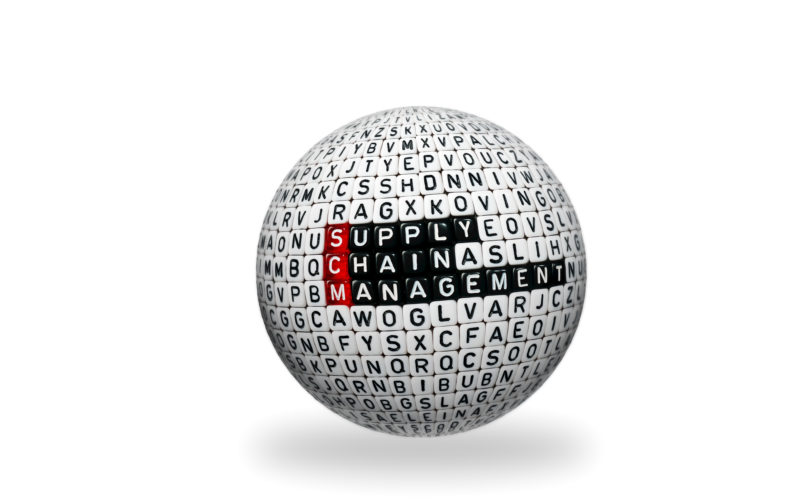 IN 2019, nuclear power generated by 30 countries with 450 nuclear power reactors amounted to around 10% of the world’s electricity or almost one-third of all low-carbon electricity. Nuclear power is set to remain the second largest source of low-carbon electricity after hydro power, according to the International Atomic Energy Agency (IAEA) based in Vienna, Austria.
IN 2019, nuclear power generated by 30 countries with 450 nuclear power reactors amounted to around 10% of the world’s electricity or almost one-third of all low-carbon electricity. Nuclear power is set to remain the second largest source of low-carbon electricity after hydro power, according to the International Atomic Energy Agency (IAEA) based in Vienna, Austria. -
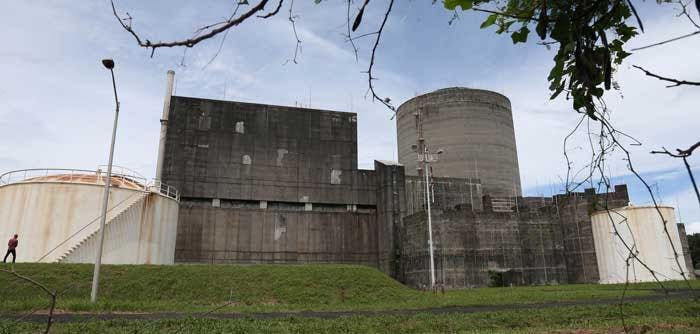 We welcome the policy to integrate nuclear power into the country’s energy mix, but we see a lot of problems in reviving the Bataan Nuclear Power Plant (BNPP). Nuclear power is a proven energy source, and it addresses the baseload requirements without harmful emissions that are the byproduct of power plants that use fossil fuels such as coal and oil
We welcome the policy to integrate nuclear power into the country’s energy mix, but we see a lot of problems in reviving the Bataan Nuclear Power Plant (BNPP). Nuclear power is a proven energy source, and it addresses the baseload requirements without harmful emissions that are the byproduct of power plants that use fossil fuels such as coal and oil -
 The US Nuclear Regulatory Commission has just approved NuScale Power's design for a small modular reactor, or SMR
The US Nuclear Regulatory Commission has just approved NuScale Power's design for a small modular reactor, or SMR -
